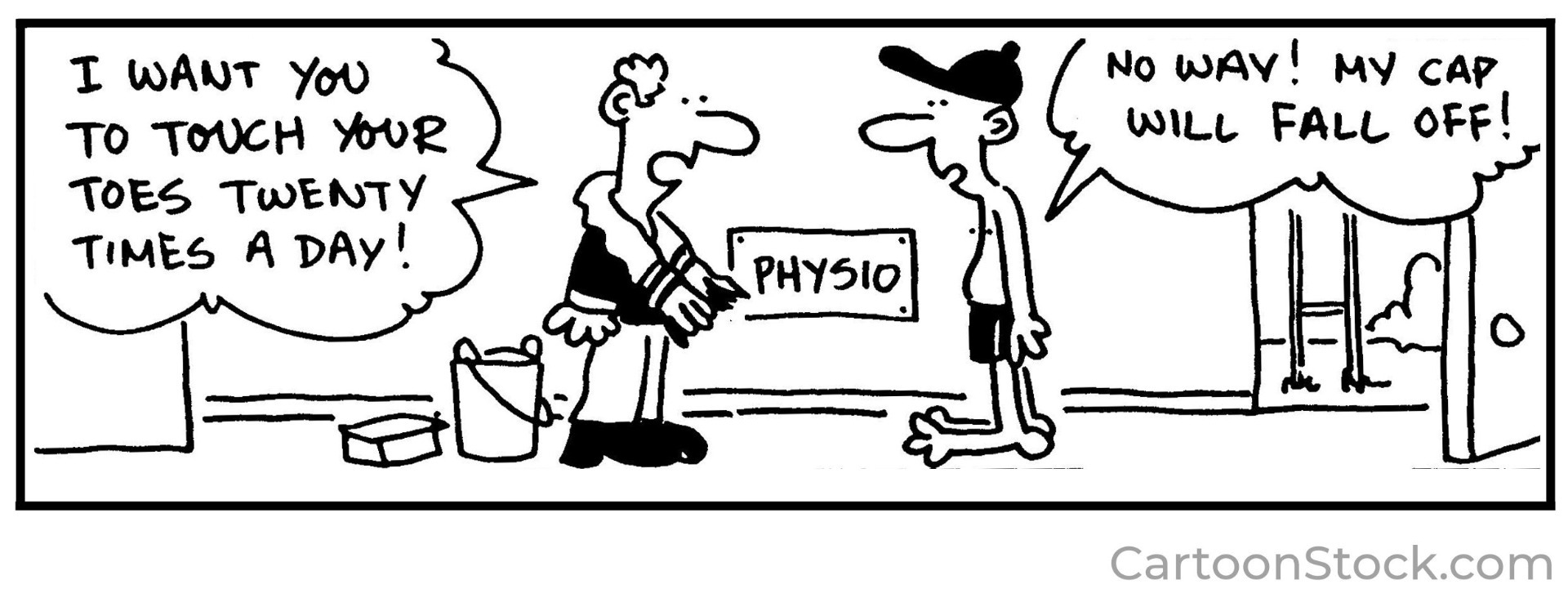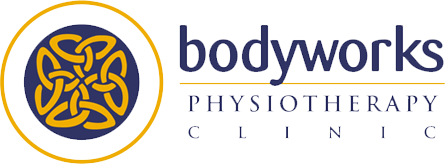"Hands on or Hands off" What does manual therapy mean and is it important?
Posted on 6th December 2021 at 16:12
Physiotherapists have been using their hands as part of patient treatment since the profession started. There has been an ongoing debate in the world of Physiotherapy about ‘hands on’ or ‘hands off’, but what does this actually mean?
Physiotherapists have been using hands on treatment, or manual therapy, for years but there has been a gradual shift towards a more ‘hands off’ approach, focusing more on exercise therapy alone. This has been heavily debated across social media and has hit a very divided camp. Physiotherapy is not just a hands-on profession, there are many more aspects to consider, such as proper use of assessment, history-taking, patient-education which we all cover in depth during treatment sessions.
The main argument of the “hands on / hands off” debate appears to be traced to social media. Should physiotherapists be offering manual therapy, or should we be focusing on exercise and self help? Our argument at Bodyworks is should we not be looking at combining both of these rather than looking at just one or the other? We need to look at each individual patients needs and focus our treatment plan on what is needed and making sure that we involve the patient in the decision making for that treatment plan.

Here at Bodyworks we do not just make our treatments entirely ‘passive’ with the risk that the patient becomes completely reliant on what we are doing ‘to’ them. With the addition of exercises and self-help we are empowering our patients to help themselves and take control of their progress. However if someone cannot do a certain exercise due to a stiff joint or pain on movement then the addition of manual therapy to mobilise that joint is of paramount importance.

It is really important at our initial assessment that we find out what our patients goals are and discuss with them how we can achieve this and how the patient can also help themselves. We do get some patients that when asked what their goals are they say they want to be fixed and for us to alleviate their pain. This is where we need to work together with our patients so they become an active part of their own treatment plan and recovery.
I read this is another blog and I feel that it sums it up beautifully
“If you present yourself to be fixed and expect the therapist to be solely responsible for your outcome, you will more often than not be disappointed. If you arrive expecting to work with your therapist to identify problems and work through them together to achieve your goals then you've improved your likely outcome before you even start.
The therapist's job is to listen to your story, your hopes and fears, and analyse your problem so they can recommend the best management plan for you. The therapist should not withhold manual therapy if it could be helpful, but neither should they offer it as the sole solution to your problem.” Tanya Huskisson

Share this post:




